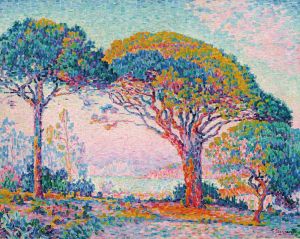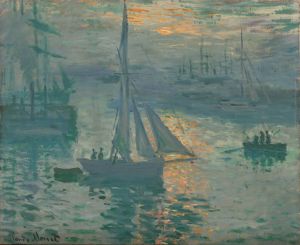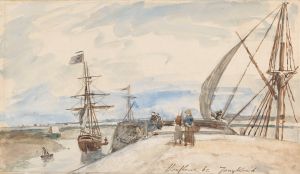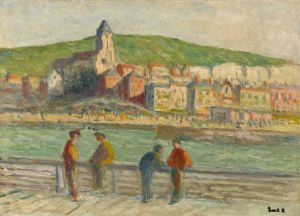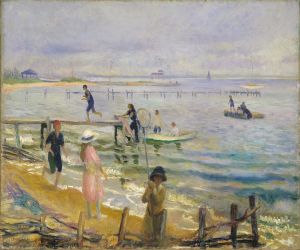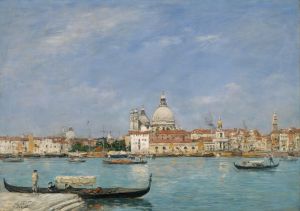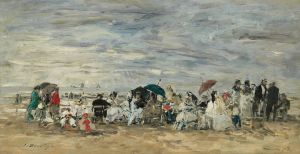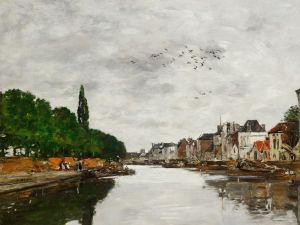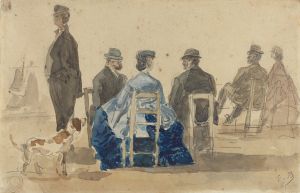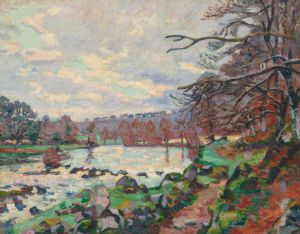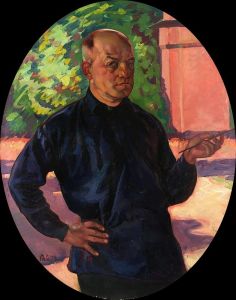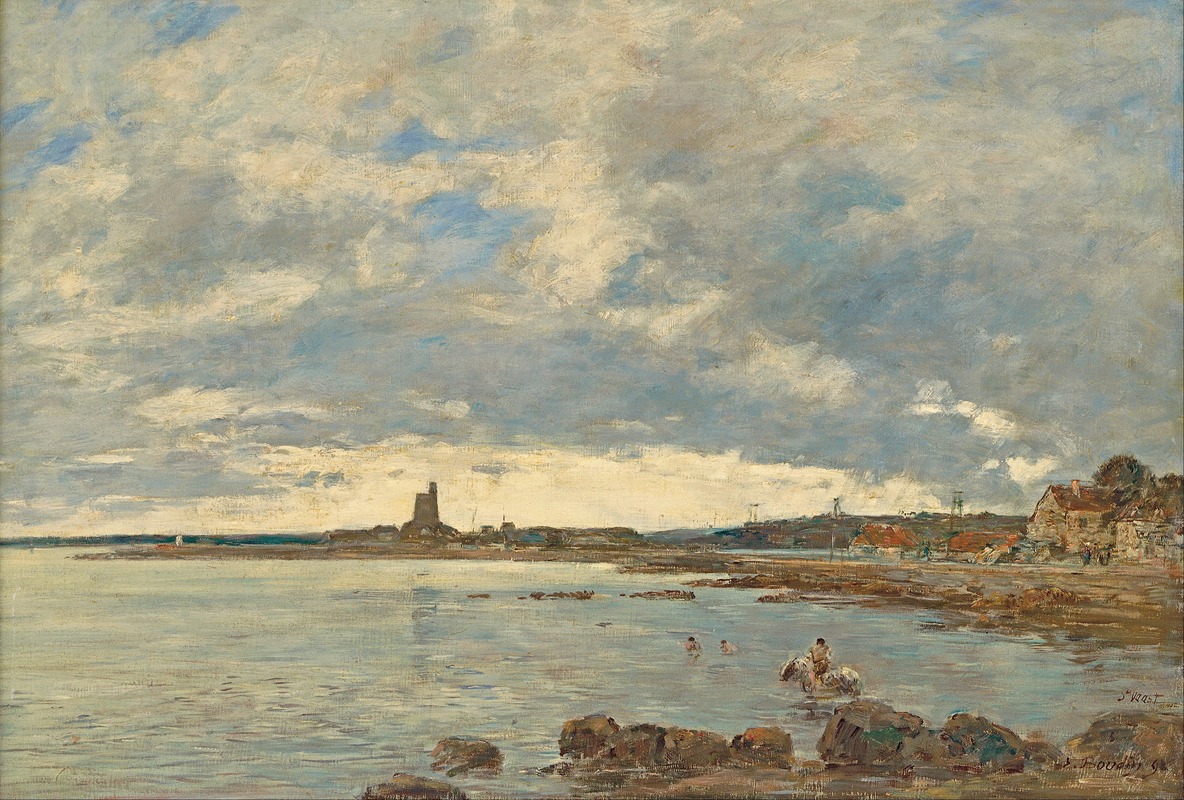
St. Vaast-la-Hougue
A hand-painted replica of Eugène Boudin’s masterpiece St. Vaast-la-Hougue, meticulously crafted by professional artists to capture the true essence of the original. Each piece is created with museum-quality canvas and rare mineral pigments, carefully painted by experienced artists with delicate brushstrokes and rich, layered colors to perfectly recreate the texture of the original artwork. Unlike machine-printed reproductions, this hand-painted version brings the painting to life, infused with the artist’s emotions and skill in every stroke. Whether for personal collection or home decoration, it instantly elevates the artistic atmosphere of any space.
"St. Vaast-la-Hougue" is a painting by the French artist Eugène Boudin, who is renowned for his seascapes and beach scenes. Boudin, born on July 12, 1824, in Honfleur, France, is often considered one of the precursors of the Impressionist movement. His works are characterized by their vibrant depiction of light and atmosphere, which significantly influenced the development of plein air painting.
The painting "St. Vaast-la-Hougue" captures a scene from the coastal town of Saint-Vaast-la-Hougue, located in the Normandy region of France. This town is known for its picturesque harbor and historical significance, particularly its fortifications designed by the military engineer Vauban in the late 17th century. Boudin's choice of this location reflects his deep connection to the Normandy coast, where he spent much of his life and drew considerable inspiration for his art.
In "St. Vaast-la-Hougue," Boudin employs his signature technique of capturing the transient effects of light and weather on the sea and sky. The painting likely features a view of the harbor or coastline, with boats, the sea, and possibly the distinctive towers of the Vauban fortifications. Boudin's brushwork is typically loose and fluid, allowing him to convey the movement of clouds and the shimmering reflections on the water. His palette often includes soft blues, grays, and whites, which create a sense of harmony and tranquility.
Boudin's work was highly regarded by his contemporaries and later generations of artists. He was a mentor to Claude Monet, who admired Boudin's ability to capture the fleeting moments of nature. Boudin's influence is evident in Monet's own seascapes and plein air paintings. Despite his significant contributions to the art world, Boudin remained relatively modest and focused on his work rather than seeking fame.
"St. Vaast-la-Hougue" exemplifies Boudin's dedication to painting directly from nature, a practice that was innovative at the time and laid the groundwork for the Impressionist movement. His ability to depict the changing moods of the sea and sky with such sensitivity and accuracy has earned him a lasting place in the history of art.
Today, Eugène Boudin's paintings, including "St. Vaast-la-Hougue," are held in high esteem and can be found in major art museums and private collections around the world. His works continue to be celebrated for their beauty, technical skill, and pioneering approach to capturing the natural world.





